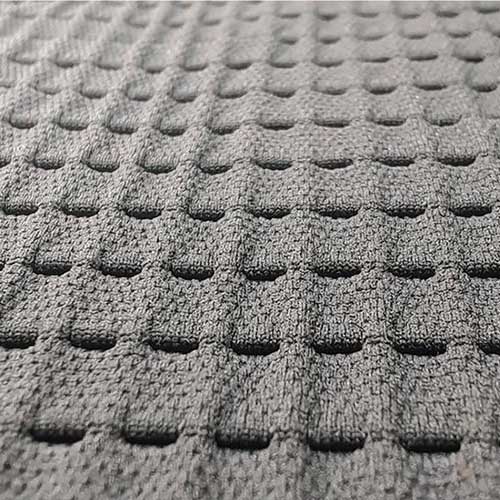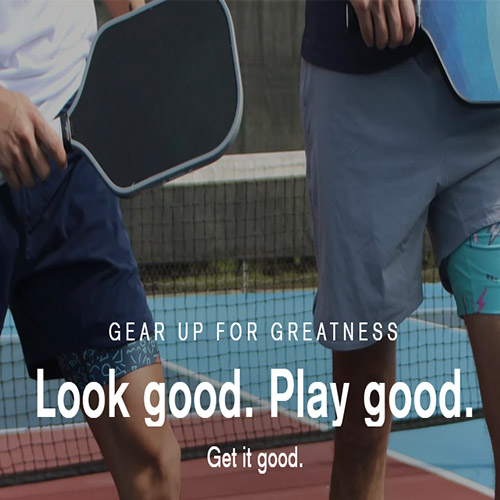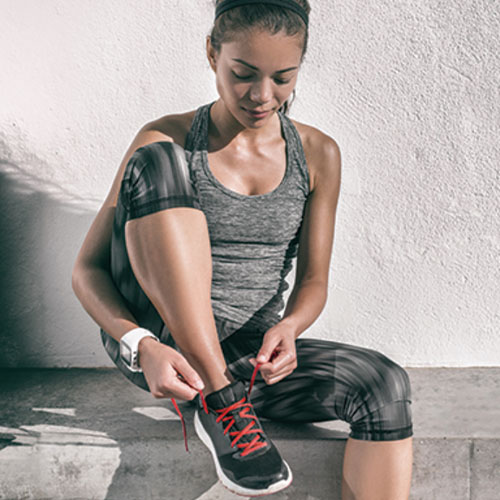
March 01, 2024
Our esteemed client D, a budding entrepreneur based in Florida, USA, embarked on a pioneering venture in the niche market of pickleball clothing. As a startup, they faced the exciting yet challenging task of establishing their brand identity and creating a line of high-quality sportswear, including men's shorts, women's shorts, short-sleeved shirts, and long pants. Inquiry email from D The client entered the market with a vision, desiring a unique line of pickleball clothing. Their product range included men's and women's shorts, short-sleeved shirts, and long pants. The challenge lay in bringing their distinctive designs to life, finding professional fabrics to complement their vision, and securing the expertise of a manufacturer capable of producing top-tier sportswear. Needs and Challenges Armed with their own designs, the client sought professionals who could source premium fabrics and deliver on the promise of high-quality sportswear production. The challenge was to find a partner with the capacity to align with their vision and produce garments that met their exacting standards. To meet the unique needs of the client, we initiated a collaborative process. Understanding the client's affinity for specific fabric brands, we dispatched fabric samples based on their preferences and combined them with style considerations. Once the fabric was chosen, we swiftly moved to sample production. As the collaboration progressed, the client began sending their favorite products for us to customize and develop specific fabrics. Collaborative Process: The partnership flourished through a series of detailed emails and video consultations, ensuring a thorough understanding of the client's vision and requirements. The initial order, comprising shorts and pants, met the client's satisfaction, leading to a remarkable ongoing collaboration. Over the course of a year, the client returned for additional orders eight times, a testament to the success of our collaborative approach in aligning with their evolving needs. Aligning product development with specific requirements and meticulous quality control were pivotal in satisfying the client, fostering brand loyalty, and supporting the client's journey of expanding their brand presence. The client not only achieved the creation of a high-quality clothing brand but also garnered numerous positive reviews and feedback from satisfied customers. Moreover, the collaboration resulted in the establishment of a stable and reliable supplier relationship. The client's brand flourished, becoming synonymous with quality and reliability in the pickleball clothing niche. This case study encapsulates our commitment to understanding and meeting the unique needs of our clients, facilitating collaborative innovation, and delivering exceptional results. If you, too, aspire to secure a steadfast and reliable supplier to stabilize and expand your product line during your brand expansion journey, please don't hesitate to...
Read More

 March 02, 2024
March 02, 2024
 March 01, 2024
March 01, 2024
 February 28, 2024
February 28, 2024
 February 26, 2024
February 26, 2024
 February 20, 2024
February 20, 2024
 February 18, 2024
February 18, 2024